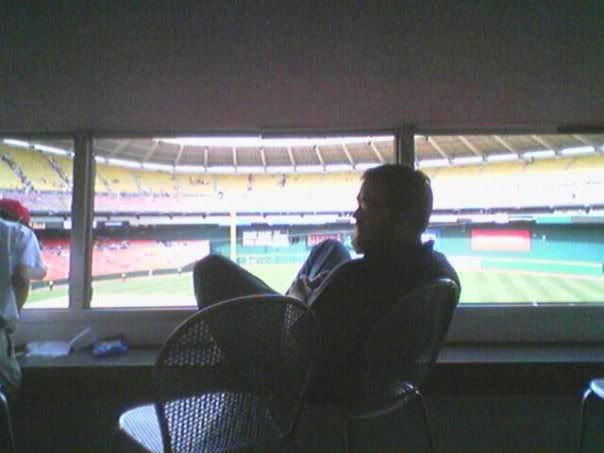Stovall 2, Part 2
Ch. 10 - Design on the Web
Big to to average to small! This is really important to remember from Chapter 10 of James Stovall's book. Bigger might not always mean better, but it does always mean more important. Good to know.
There are three elements of design, type, illustration, and white space. It is essential to have the same type of font (repetition) throughout a web site. Consistency shows that the web site is professional and that the creators have also put some thought into serif or san-serif fonts.
It is also necessary to have illustrations to liven up the text. This is similar to blogging, where pictures are as important as words. For journalism, however, I think it is necessary to have a first hand picture of the event. For blogging it might be OK to do a google search, but for journalism one should have a picture of the event itself.
White space is also key because the eye needs "breathing room" to make out what it going on. This should be built into the design of the website. When writing an article, white space is achieved from headings and spacing and all that good stuff.
Ch. 12 - Media Law Online
It's not libel if it's true. Words to
I'm glad that Stovall including this section in his book because after Professor Gil-Eguii's presentation I am a little worried about what is and is not legal.
One of the interesting parts of this section is the legal issues of putting music online. I once thought about uploading a song or two on yousendit or another uploading site to share with readers. Is it illegal if the band is not signed to any record label? I'm sure they would actually appreciate the publicity! Unfortunately, Stovall doesn't go too in depth with this notion.
"Deep linking" is a hyperlink that sends a user to any page other than a site's home page. The reason this is relevant is because a bunch of major companies are worried about advertising revenue. Trust me, if Ticketmaster is involved in a court case, chances are the other side is right.
This chapter goes to show that the future of the internet will be much more guided by laws than it currently is, which could be good or it could be bad.
Ch. 14 - Practice and Promise
When Gutenberg invented the printing press in 1450's, it created a revolution that is still felt today. Likewise, when the internet was created in the 1960's, it sparked a revolution. How long will the internet last? Who knows, but we do know that it is still in its infancy.
Stovall lists many interesting ideas in the final chapter. First, the best of the internet is still to come.
I have only been using the internet since I was in middle school. I had to learn the idea as it was still developing. Other generations will have the internet from the day they are born. They will have no sense of a life without instant messaging or downloads.
One part where I disagree with Stovall is when he writes that video does not work well on the internet. I watched streaming video of the men's NCAA Basketball Tournament on my computer and the picture was nearly flawless! This doesn't show a lack of knowledge on Stovall's part, but rather how far technology has come in the few years since his book was published.
Finally, Stovall writes:
The audience is no longer confined to a few choices. There still may be only a few outlets that offer local news, but if the user looks beyond that, the choice is greatly expanded.
The greatly expanded choices that the author lists include all of the blogs and
websites created in this class!





